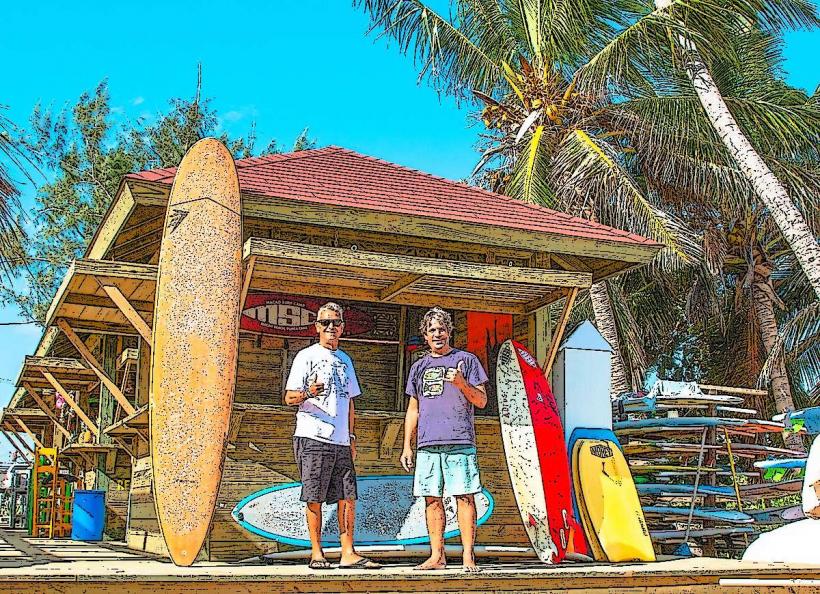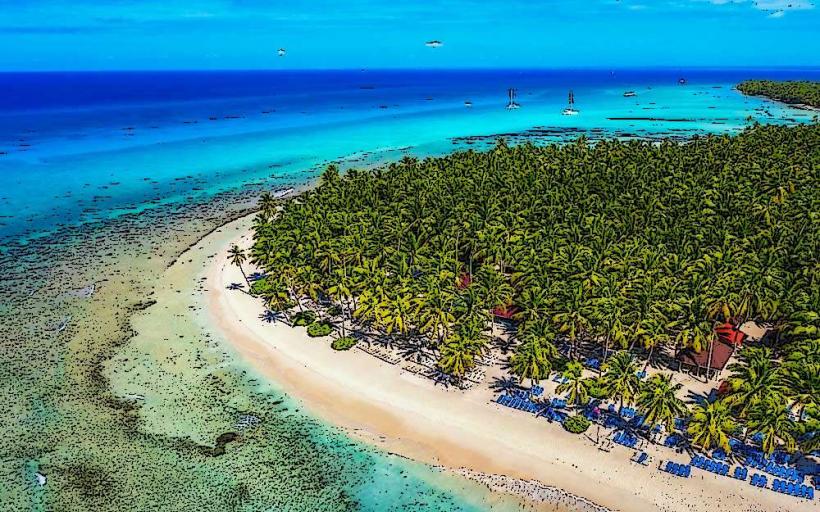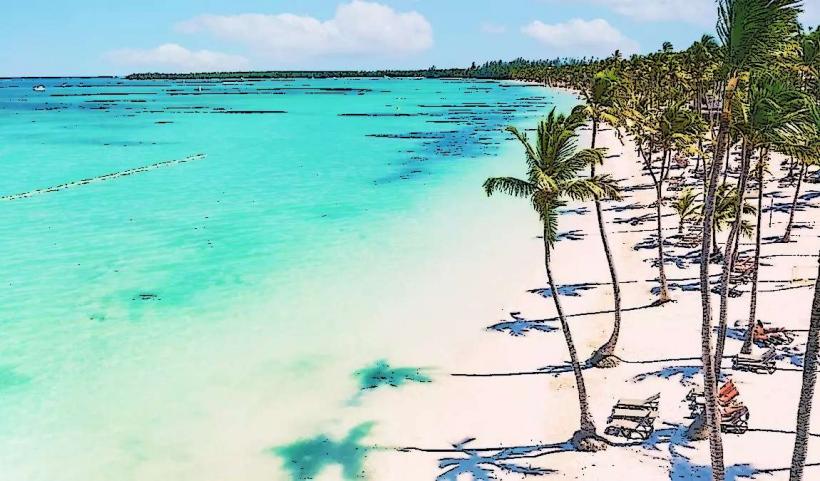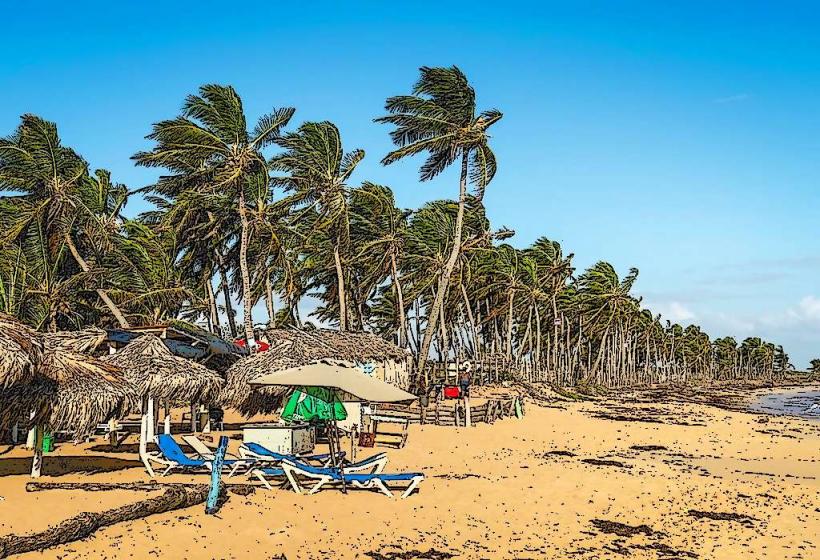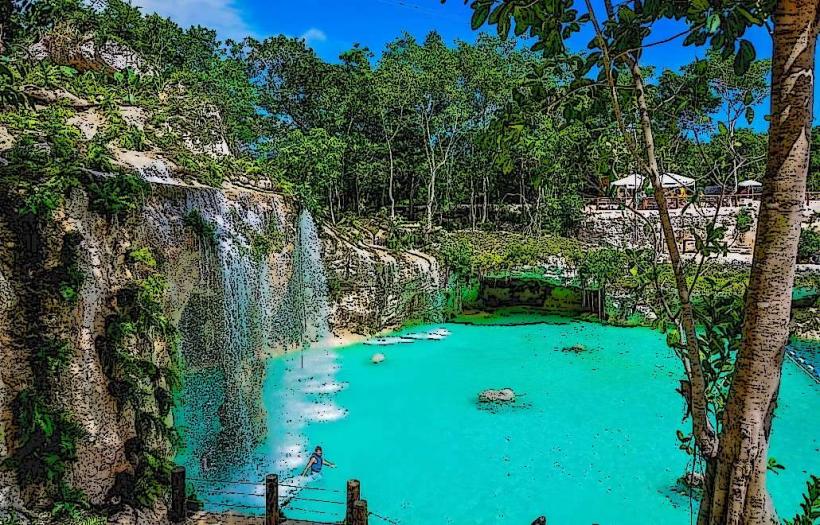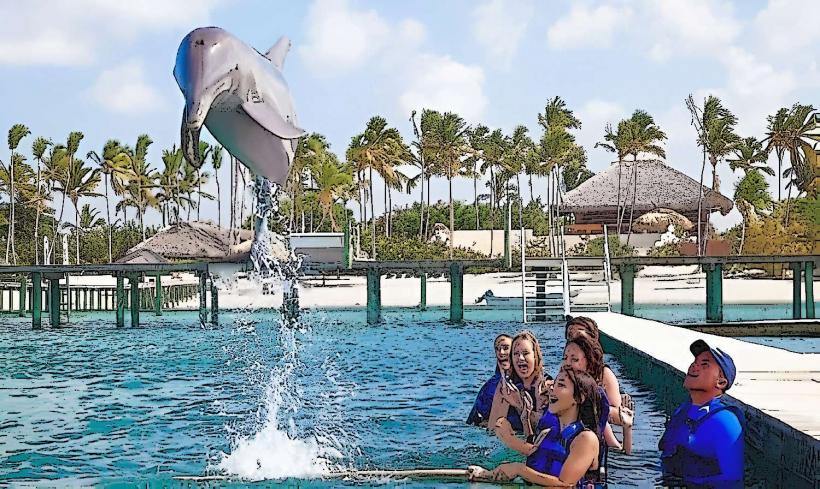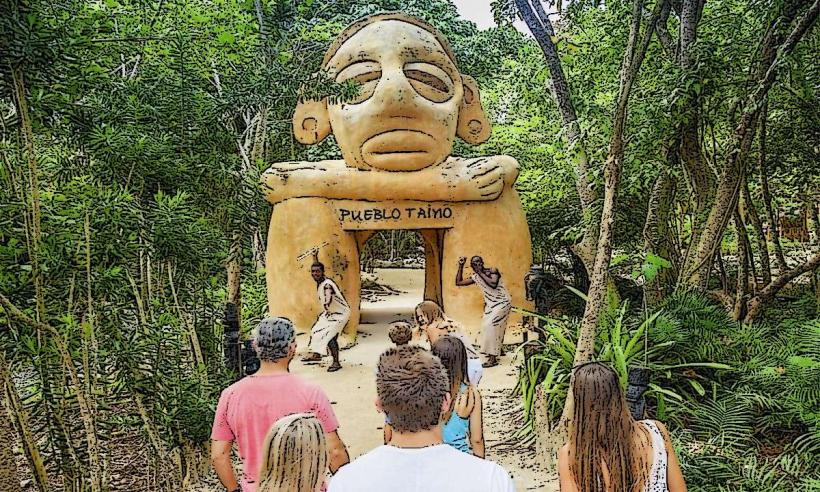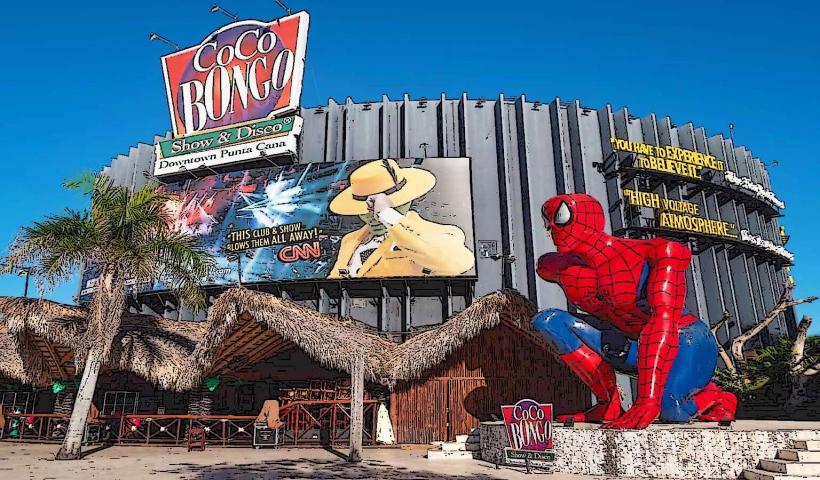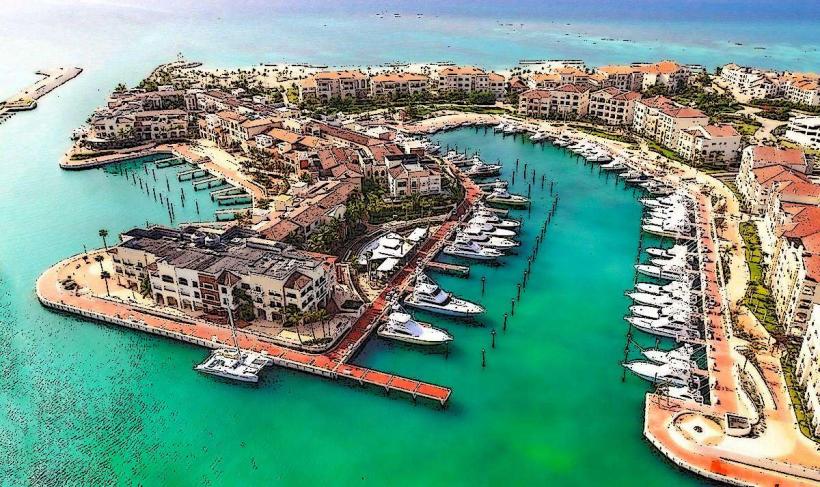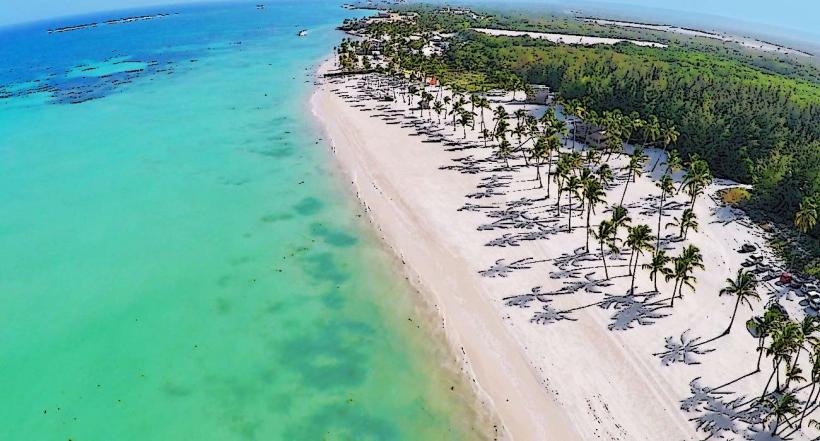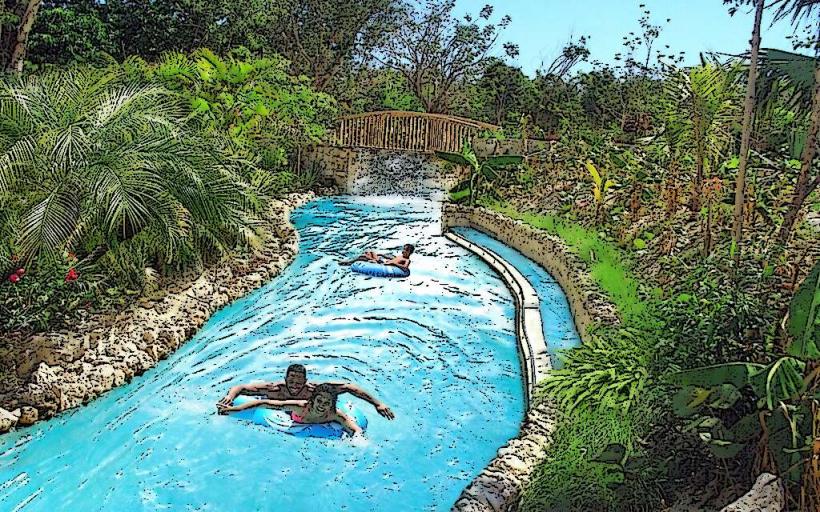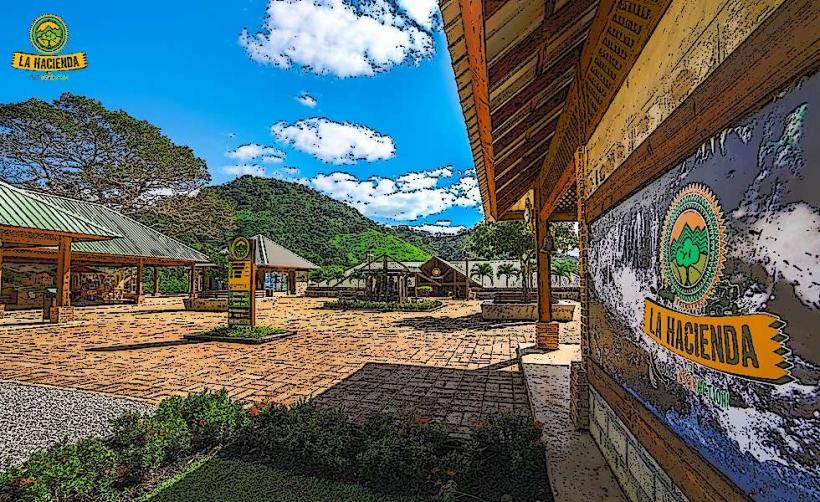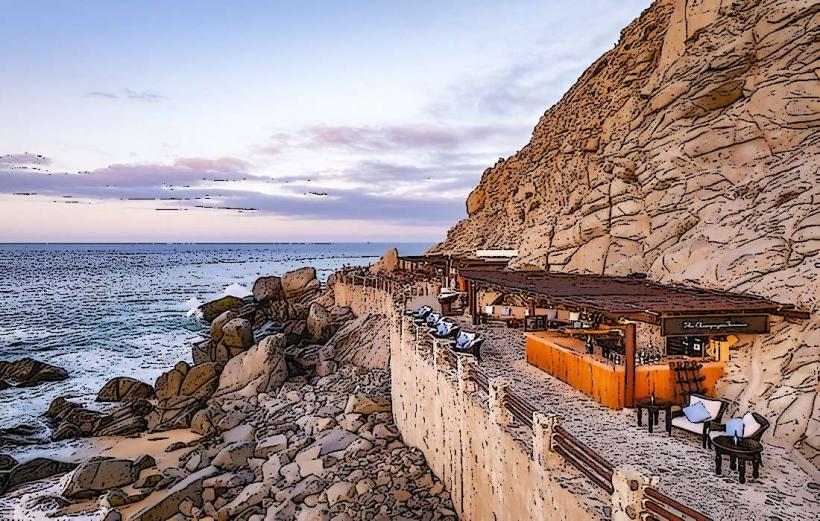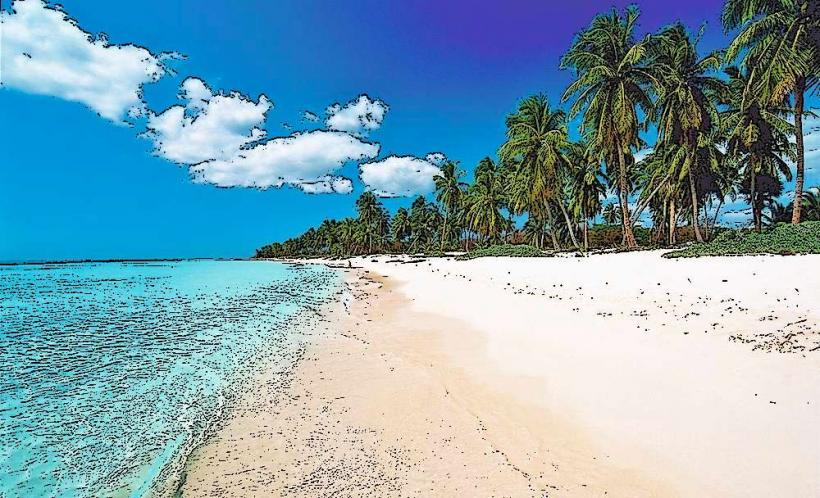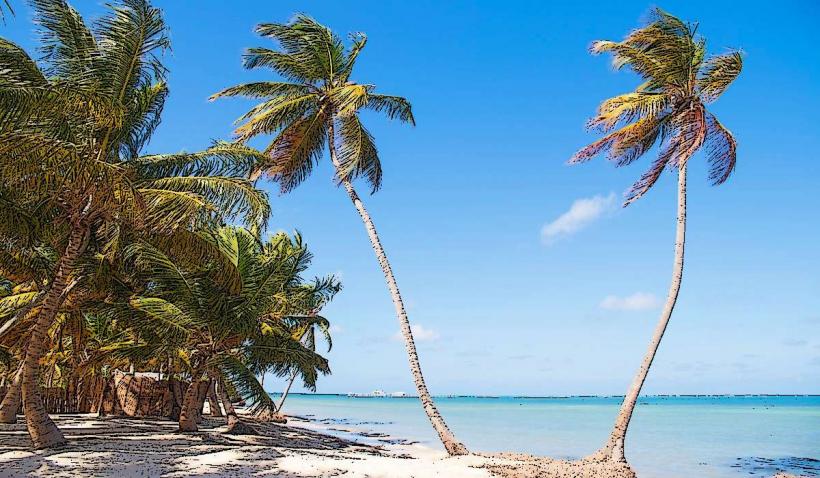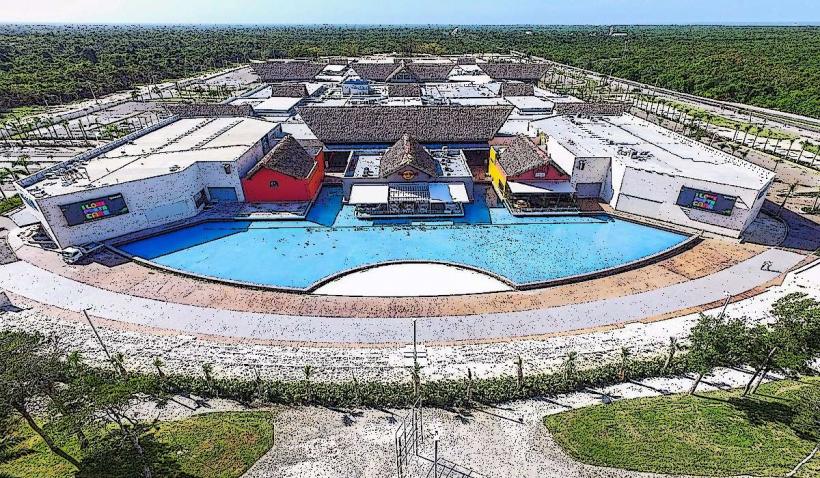Information
Landmark: Indigenous Eyes Ecological ReserveCity: Punta Cana
Country: Dominican Republic
Continent: North America
The Indigenous Eyes Ecological Reserve (Reserva Ecológica Ojos Indígenas) is a protected natural area located in the Cap Cana region near Punta Cana, Dominican Republic. It is a beautiful and serene sanctuary that showcases the island’s biodiversity, featuring a series of freshwater lagoons, lush tropical forests, and a rich variety of native plant and animal species. The reserve is one of the Dominican Republic's most important ecological sites, not only for its natural beauty but also for its cultural and historical significance.
1. Name and Significance
The name "Ojos Indígenas" (Indigenous Eyes) comes from the reserve’s unique system of freshwater lagoons, which are said to resemble the shape of the eyes of the indigenous Taino people, who were the island's original inhabitants. The Taino people used these freshwater sources for drinking water, and the reserve honors their connection to the land.
The ecological reserve is a protected area dedicated to conservation and offers visitors the opportunity to experience the island’s natural beauty in a responsible and sustainable manner. The reserve’s focus is on preserving the environment, protecting the native species, and promoting eco-tourism and environmental education.
2. Lagoons and Freshwater Springs
One of the most unique features of the Indigenous Eyes Ecological Reserve is its network of 12 freshwater lagoons. These lagoons, which are fed by underground springs, are scattered throughout the reserve and are interconnected by a series of well-maintained trails. The water in these lagoons is crystal clear, with varying shades of blue and green, creating a serene and picturesque landscape. Some of the lagoons are deep enough for swimming, while others are more shallow and ideal for wading.
Lagoons: Visitors can swim in certain lagoons, and the experience of immersing yourself in the cool, clear waters amidst a jungle backdrop is both refreshing and unique. Some of the most popular lagoons for swimming are Lagoons 1 and 2, though all the lagoons have their own charm.
Freshwater Springs: The reserve’s underground springs, which feed into the lagoons, play a key role in the region’s ecosystem by providing a consistent source of clean, fresh water for both wildlife and humans. These springs are an essential resource for the local flora and fauna, making the reserve an important ecological site.
3. Biodiversity and Flora & Fauna
The Indigenous Eyes Ecological Reserve is home to a wide variety of flora and fauna, much of which is native to the Dominican Republic. The reserve is a vital habitat for many species of birds, reptiles, amphibians, and mammals, as well as an abundance of tropical plants, trees, and flowers.
Flora: The reserve’s dense tropical forests are filled with native species such as mahogany, bamboo, and the ceiba tree, which is considered sacred by the Taino people. The vegetation is lush and green year-round, providing a thriving habitat for wildlife and contributing to the ecological balance of the region.
Fauna: Some of the animals that inhabit the reserve include the Hispaniolan parrot, iguana, and various species of bats and butterflies. Birdwatching is a popular activity in the reserve, as it provides a chance to see a wide range of native bird species, especially in the morning hours.
Endemic Species: The reserve is also home to several endemic species that are only found in the Dominican Republic, making it an important area for conservation. The presence of these species highlights the ecological importance of preserving the reserve's natural habitat.
4. Hiking Trails and Exploration
The reserve offers visitors the chance to explore the lush tropical environment through a series of well-maintained hiking trails. The trails wind through the forest, taking you past the various lagoons, natural springs, and through areas rich in vegetation. Some trails are more leisurely, while others are more challenging, offering something for hikers of all levels.
The trails are well-marked, and visitors can follow signs that highlight points of interest along the way, including notable plants and trees, historical sites, and wildlife.
- Trail 1: This trail takes you on a gentle walk to the first group of lagoons and is ideal for visitors who want a peaceful, scenic experience.
- Trail 2: This slightly more challenging trail takes you deeper into the forest and past some of the more secluded lagoons, providing a great opportunity for birdwatching and nature photography.
Guided Tours: While you can explore the reserve independently, guided tours are available for those who want a more in-depth experience. Guides are knowledgeable about the reserve’s history, ecology, and wildlife, and they can offer insights into the various species that live in the reserve.
5. Cultural Significance
The Indigenous Eyes Ecological Reserve is not only important for its ecological value but also for its cultural and historical significance. The reserve is located within Cap Cana, a luxury resort development that has made efforts to incorporate the island's cultural heritage and respect the land’s original inhabitants, the Taino people.
Taino Connection: The Taino people revered nature, and their spirituality was deeply connected to the land and its natural resources. The lagoons, which are central to the reserve, were historically used by the Taino for water and ceremonial purposes. The preservation of this land in the reserve helps honor the Taino's relationship with nature and their role in the region's history.
Environmental Education: The reserve offers visitors the opportunity to learn about the cultural importance of the area, as well as the environmental challenges facing the Dominican Republic today. By visiting the Indigenous Eyes Ecological Reserve, guests can better understand the importance of preserving the country’s natural heritage.
6. Sustainability and Conservation Efforts
The Indigenous Eyes Ecological Reserve is a prime example of sustainable tourism in the Dominican Republic. The reserve is carefully managed to protect its fragile ecosystem and the species that inhabit it. Conservation efforts are made to ensure that the land remains protected, and the flora and fauna are preserved for future generations.
- Eco-Friendly Practices: Visitors are encouraged to respect the environment by sticking to designated trails, avoiding litter, and following park rules designed to minimize the impact on the natural surroundings.
- Preserving Water Resources: Given the significance of the freshwater springs and lagoons, the reserve plays a vital role in protecting the water resources of the region. Sustainable water management practices help ensure that the local communities, wildlife, and ecosystems continue to thrive.
7. Visiting the Reserve
- Location: The Indigenous Eyes Ecological Reserve is located within Cap Cana, about a 30-minute drive from Punta Cana. The reserve is accessible from most major resorts in the area, and many offer transportation to and from the reserve.
- Hours and Admission: The reserve is open to the public daily, with limited hours, typically from early morning until late afternoon. Entrance fees are usually modest, and the park encourages visitors to join a guided tour to get the most out of their visit.
- What to Bring: Visitors should bring comfortable shoes for hiking, swimwear if they plan on swimming in the lagoons, sunscreen, and insect repellent to protect against the tropical environment.
8. Family-Friendly Experience
The Indigenous Eyes Ecological Reserve is an excellent destination for families, offering opportunities for children to connect with nature and learn about local wildlife. The calm lagoons provide safe areas for swimming, and the educational aspect of the reserve makes it an enriching experience for people of all ages.
Conclusion
The Indigenous Eyes Ecological Reserve is a hidden gem in the Dominican Republic, offering a peaceful and immersive experience in nature. Whether you’re hiking through the jungle, swimming in the serene lagoons, or learning about the region’s cultural history, the reserve is an ideal spot for nature lovers, eco-tourists, and families alike. Its commitment to sustainability and conservation makes it an important example of how tourism can work in harmony with the environment. A visit to the reserve provides not only a chance to connect with nature but also to understand the cultural significance of this beautiful region of the Dominican Republic.

